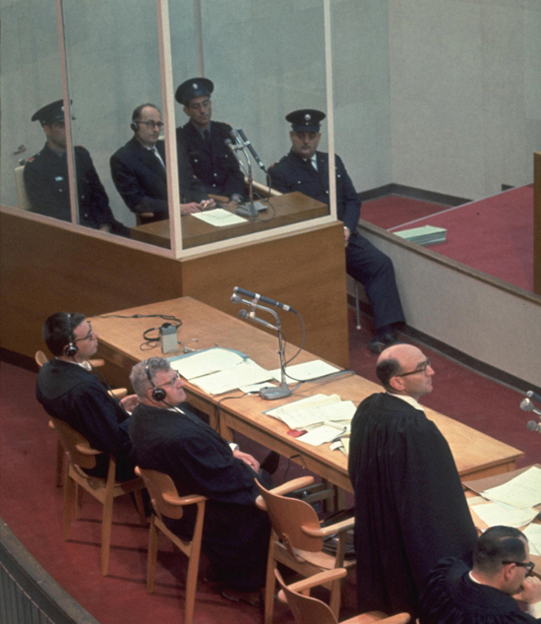Obedience
1963
Stanley Milgram (1933–1984)
The questions of conformity and obedience hung over American social sciences in the years after World War II. Why had so many Germans acquiesced in the Nazi scheme to exterminate the Jews? In this context, psychologist Stanley Milgram recruited ordinary members of the community for a study of “teaching and learning,” which he published to great controversy in 1963. When the subjects, all of them men, arrived at Milgram’s laboratory at Yale University, each one was greeted by a scientist and asked to wait a few minutes for another man to arrive; unknown to the subject, the second man was actually in league with Milgram. A rigged drawing always resulted in Milgram’s helper taking on the role of learner. After observing the learner being strapped in a chair with electrodes attached to him, the teacher was instructed to administer shocks each time the learner made a mistake in answer to a question. The teacher then sat in front of shock generator with knobs indicating increasing shock levels between 15 and 450 volts.
Once the experiment began, each time the learner made an error, the teacher pressed the knob to shock him. The learner, who was not actually being shocked, responded with moans, cries, screams, and then complete silence as the voltage increased. If the teacher protested that he could not do it, the experimenter refused his attempts to stop, telling him, “You must go on” or “The experiment requires that you continue.” Almost 63 percent of the teachers went all the way to the highest voltage, with 360 volts the average amount given.
Were these men (and, later, women) evil and heartless or secret psychopaths? The evidence indicates that these were ordinary men and women. The lesson we learn from this is that any of us might obey and conform just as much as these “teachers” did unless we understand the power of the situation and how we can resist it.
SEE ALSO Conformity and Independence (1951), Stanford Prison Experiment (1971)

Trial of Holocaust organizer Adolf Eichmann, Jerusalem, 1961. During the trial, Eichmann insisted that he had only been “following orders” when he facilitated the mass deportation of Jews to ghettos and extermination camps.